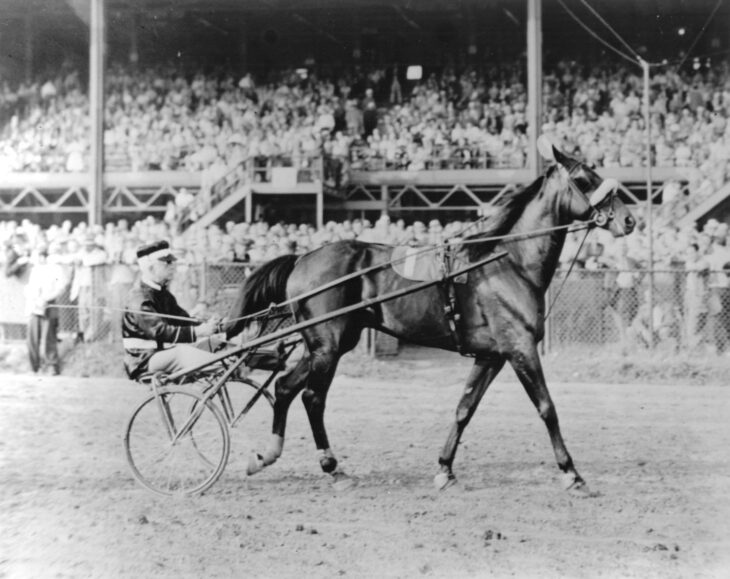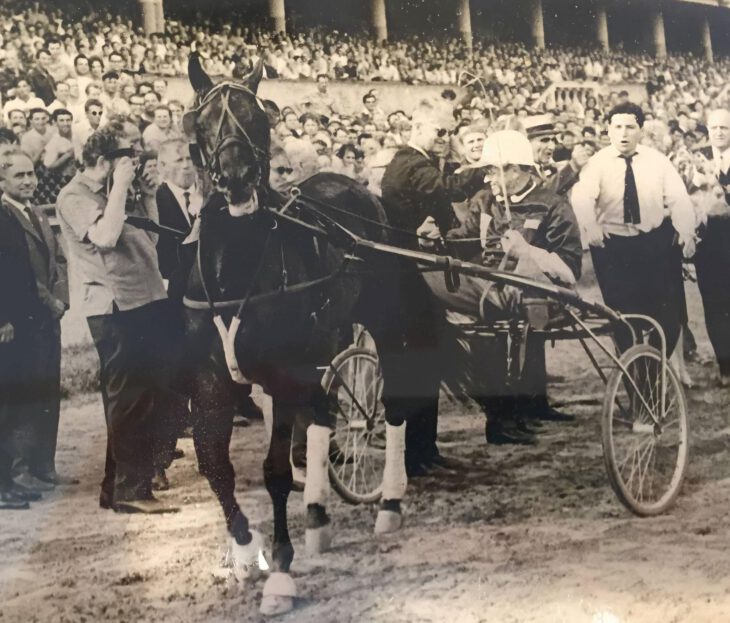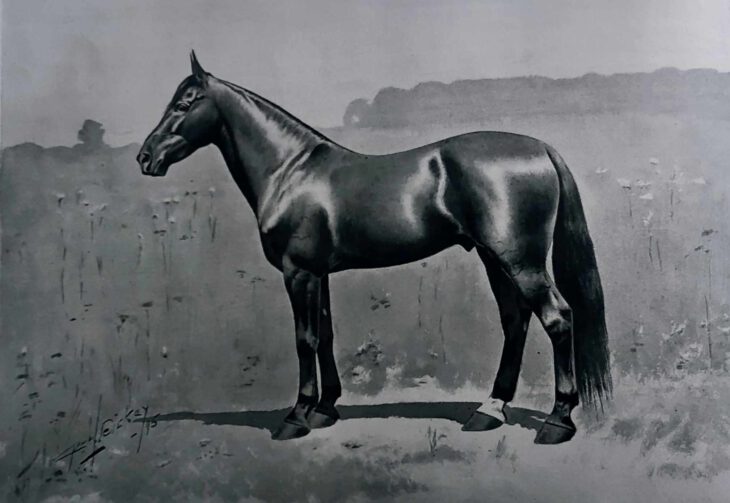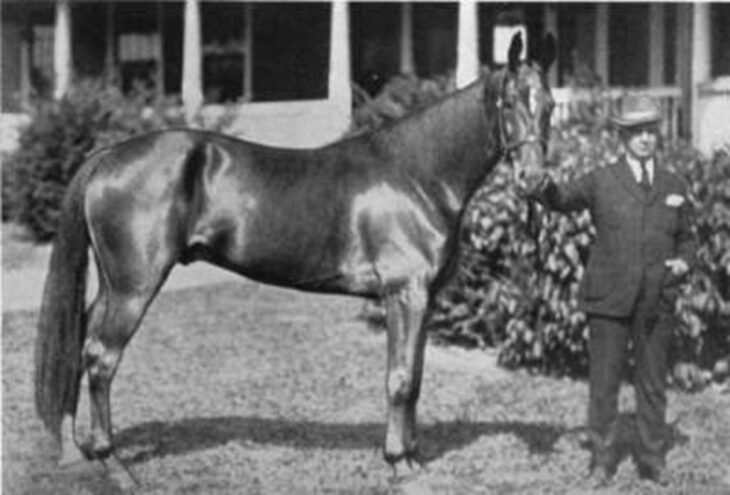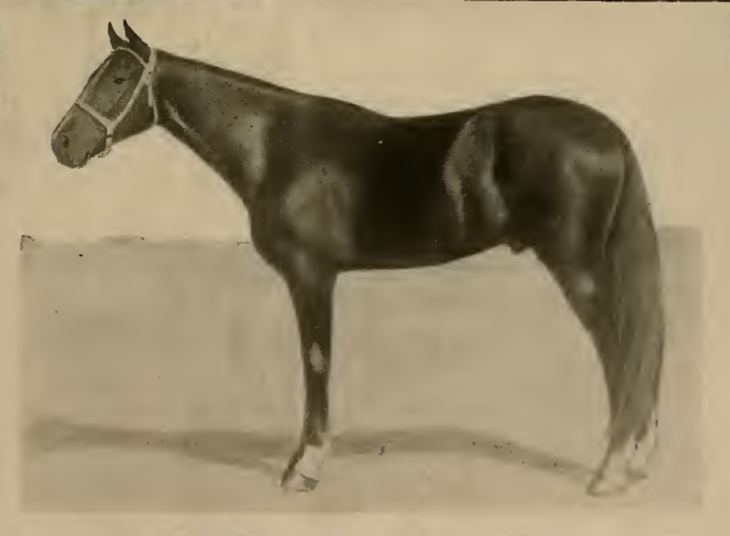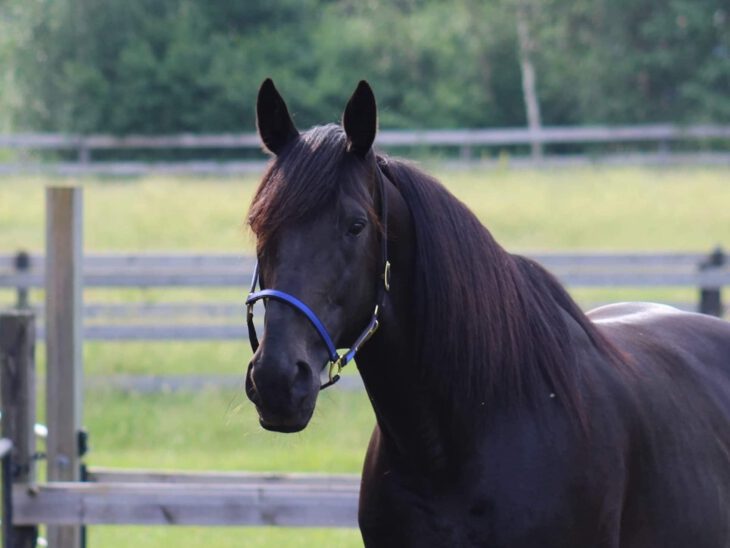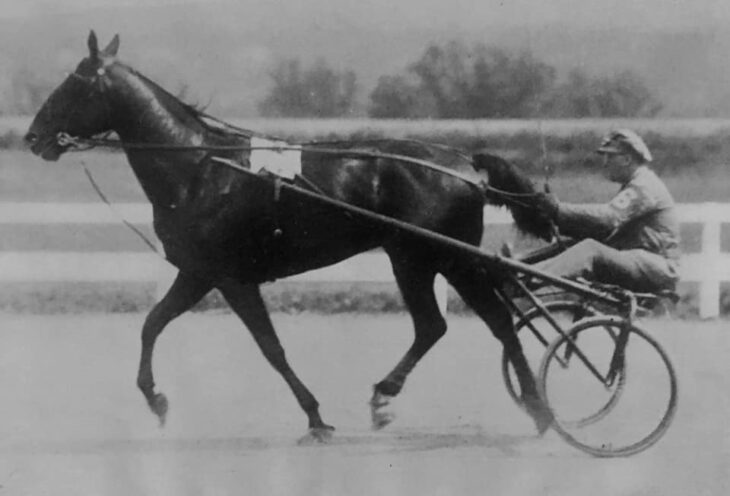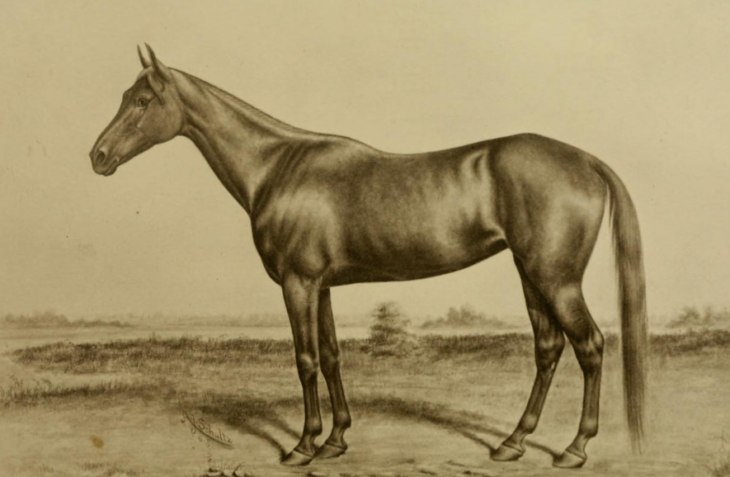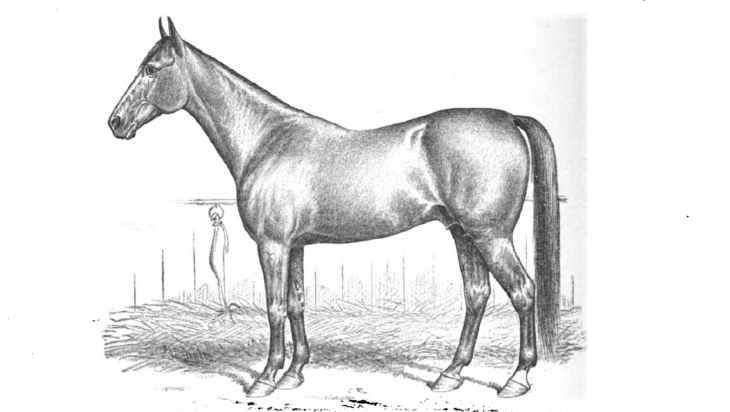When Greyhound, by many regarded as the best trotter of all times, retired, his owner, EJ Baker, was looking for other interesting prospects. In 1943 he found The Grey Ghost’s successor when he bought the horse almost everybody thought would break all trotting records. However, less than a year later that horse had passed away. The untimely death of Volo Song has been called one of the greatest tragedies to befall trotting.
Read MoreUSA
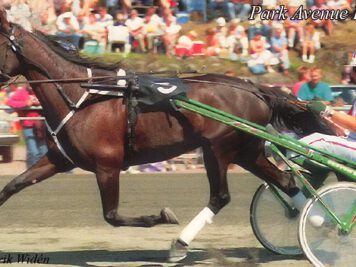
The queen’s terrible demise
She was a really good youngster in the US, winning the Hambletonian Oaks and Kentucky Futurity filly, and blossomed into one of...
Read More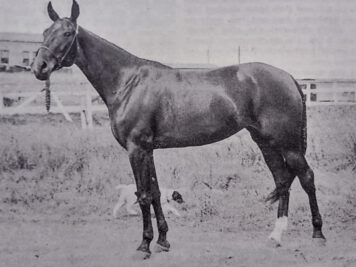
The game superstar who raced herself to death
She was on her way to possibly becoming one of the best trotters in history when tragedy struck. The tale of Sadie Mac is one a...
Read More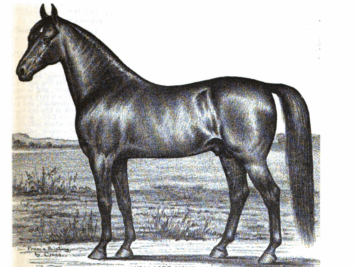
The great horse of San Mateo (and the Captain’s mare)
She was one of the most famous trotters around the time Hambletonian was born, but we don’t even know her name. In the mid...
Read More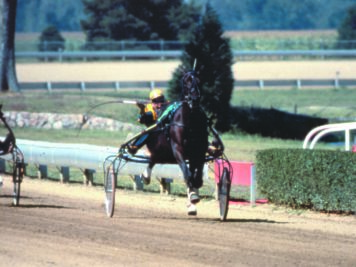
The terror
In the case of Nevele Pride, it is not only the horse that is legendary, but also his temperament. For every great race-related...
Read More
The last Yankee superstar
He was the last superstar trotter bred by Yankeeland Farms, the legendary Maryland-based farm that closed its doors in 2006...
Read More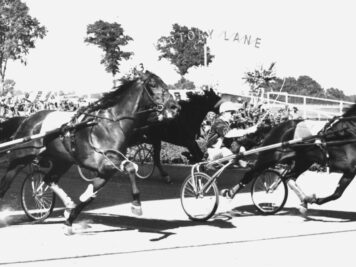
The juvenile delinquent
The third horse to win the trotting’s Triple Crown, Ayres, was always an great talent, but at 2 there were question marks...
Read MoreHe was the tiny American with a heart of gold who became a star in the Soviet Union. The pioneering trio of Apex Hanover, Bill Fleming and Rowland Wade took on the Soviet stars at their home in Moscow in the 60s. After overcoming unfair tactics by the Soviet drivers, the US trio won the hearts and minds of the home crowd. Although little Apex Hanover (150 cms/14,3 hands) won the Arden Downs and George Wilkes Stakes as a 2-year-old in 1961, there was very little to indicate that this $18,000 yearling purchase would later enter the world stage.
Read MoreWhile Hambletonian is forever immortalized in the history of trotting, what could possibly have turned out been his best son at stud is largely forgotten. One of Hambletonian’s very first foals, Alexander’s Abdallah was a spectacular sire whose life tragically ended way too early during the Civil War.
Read MoreHe was the world’s first 1:56 trotter and a prized possession of Lawrence Sheppard’s fledging Hanover Shoe Farms. Peter Manning was a natural talent who improved quickly with little work. In fact, the legendary gelding was so good it required a horse of Greyhound’s caliber to beat his world record.
Read MoreA supremely fast trotter, he is most famous for stumbling shortly ahead of the wire in the Hambletonian with victory within reach. Sold to Europe not long after equaling a world record at 4, Brown Berry later likely became a clandestine stallion in France.
Read MoreShe was an aloof and difficult mare, preferring to be left alone even when she went blind. Medio is also one of the most important matrons in history.
Read MoreWhen Googoo Gaagaa burst onto the Maryland scene many didn’t know what to think. A world record for 2-year-olds on a half mile track was impressive, but could he really be that good? As it turned out, at his best he was even better. Persistent injury problems caused an early retirement, but the hybrid-bred trotter then went from impressing on the track to impressing at stud.
Read MoreThe royally-bred colt was not a traditional early talent like many top US trotters. Only at 4 was Peter the Brewer ready to compete at a high level, but then he became an elite trotter in no time and was seen as a likely candidate to be one of the first 2:00 trotters.
Read MoreThe first of the champions to have an unblemished career, Maud S was one of the best trotters in the high wheel sulky era and lowered the world record a whopping six times.
Read MoreOne of the first great stallions of the mid-1800s, Mambrino Chief was also the first star stallion in Kentucky and founded one of the first trotting families.
Read More
